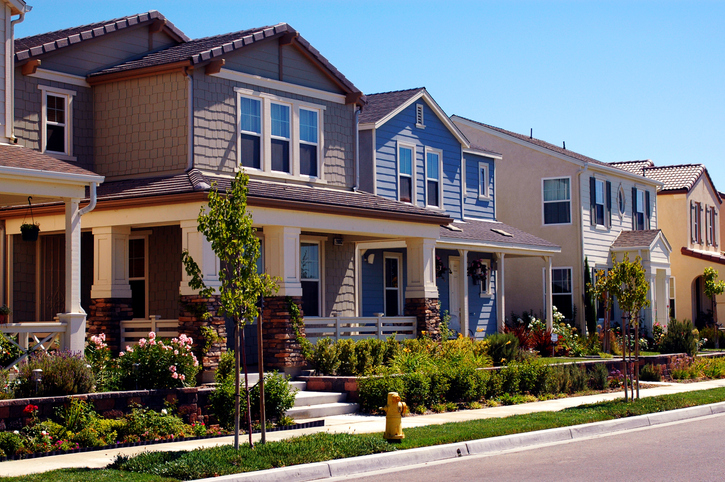If tariffs are reintroduced or expanded under a Trump administration, the real estate industry could face serious challenges. From rising construction costs to supply chain disruptions and higher interest rates, tariffs can make both residential and commercial real estate more expensive. Here’s a breakdown of how tariffs could negatively affect real estate and strategies businesses can use to stay ahead.
Higher Construction & Renovation Costs
Many construction materials—including steel, lumber, aluminum, and appliances—are imported. If tariffs increase on these goods, the cost of building new homes, office buildings, and rental properties will rise. This could slow down new construction projects, making housing shortages worse and driving up real estate prices.
What to Do:
✅ Source Domestic Materials – Work with U.S.-based suppliers to avoid tariff-related price hikes.
✅ Lock in Contracts Early – If you’re developing a project, secure materials at current prices before tariffs take effect.
✅ Consider Alternative Building Materials – Prefabricated homes and recycled materials can help offset rising costs.
Increased Prices for Homebuyers & Renters
If construction becomes more expensive, developers and landlords may pass those costs onto buyers and tenants. Higher material costs, combined with potential inflation and rising interest rates, could make housing less affordable.
What to Do:
✅ Secure Financing Now – Lock in mortgage or development loan rates before they increase.
✅ Invest in Existing Properties – Instead of new builds, focus on renovating existing properties where possible.
✅ Explore Rent-to-Own Models – Creative financing options can help maintain affordability for buyers.

Supply Chain & Labor Disruptions
Tariffs can create delays in supply chains, affecting the availability of materials like flooring, HVAC systems, and construction equipment. Additionally, if tariffs lead to economic slowdowns, labor shortages could become more severe, further increasing project timelines and costs.
What to Do:
✅ Work with Local Suppliers & Contractors – Reduce reliance on imported goods and overseas labor.
✅ Stockpile Critical Materials – If possible, buy materials in bulk to avoid future shortages.
✅ Use Technology to Reduce Costs – Implement AI-driven project management and 3D printing to streamline construction.
Final Thoughts
While tariffs could create economic headwinds for real estate, businesses that plan ahead can still thrive. By securing materials early, diversifying supply chains, and adapting to shifting costs, developers, investors, and homeowners can navigate these challenges successfully.
Need Dovix Services?








